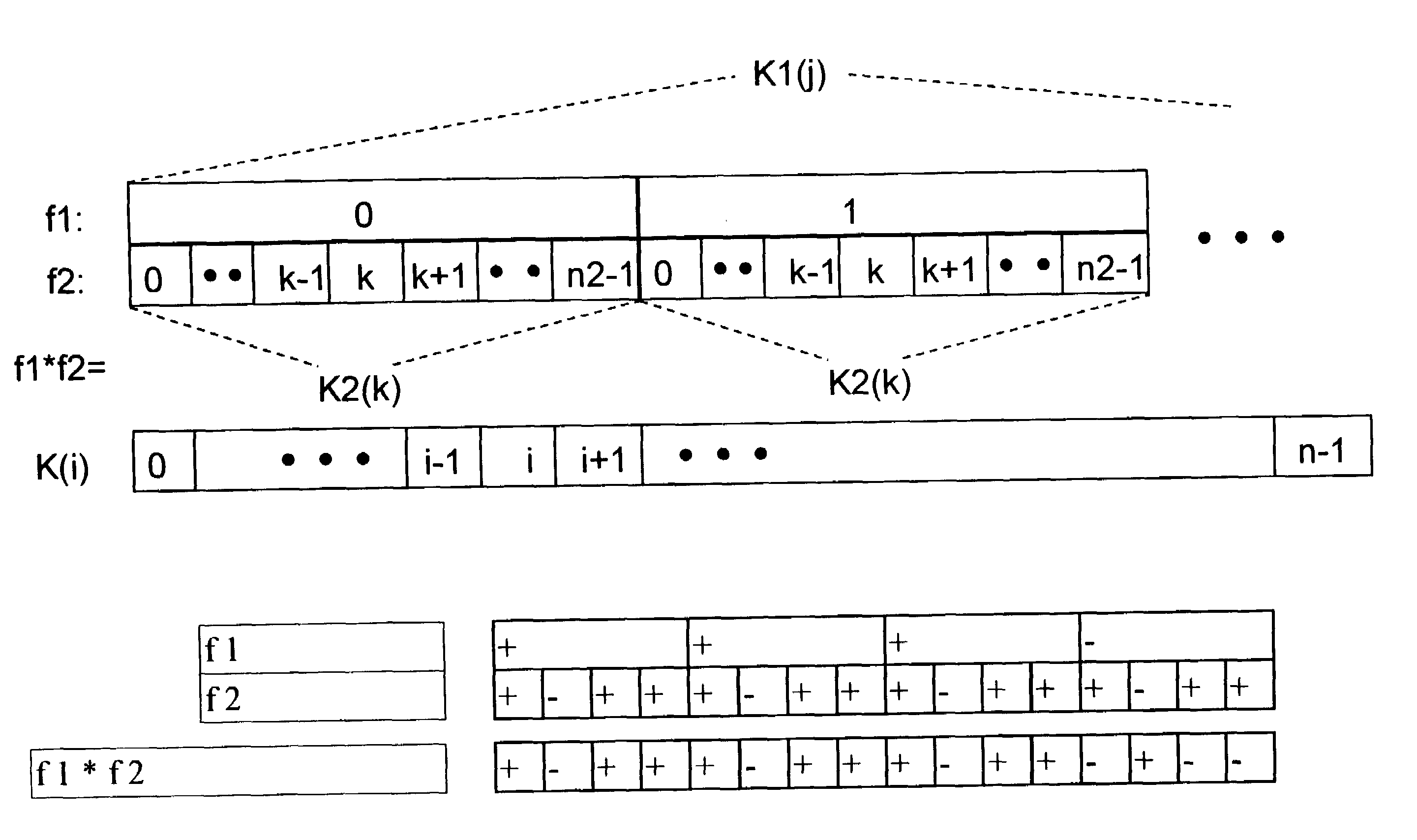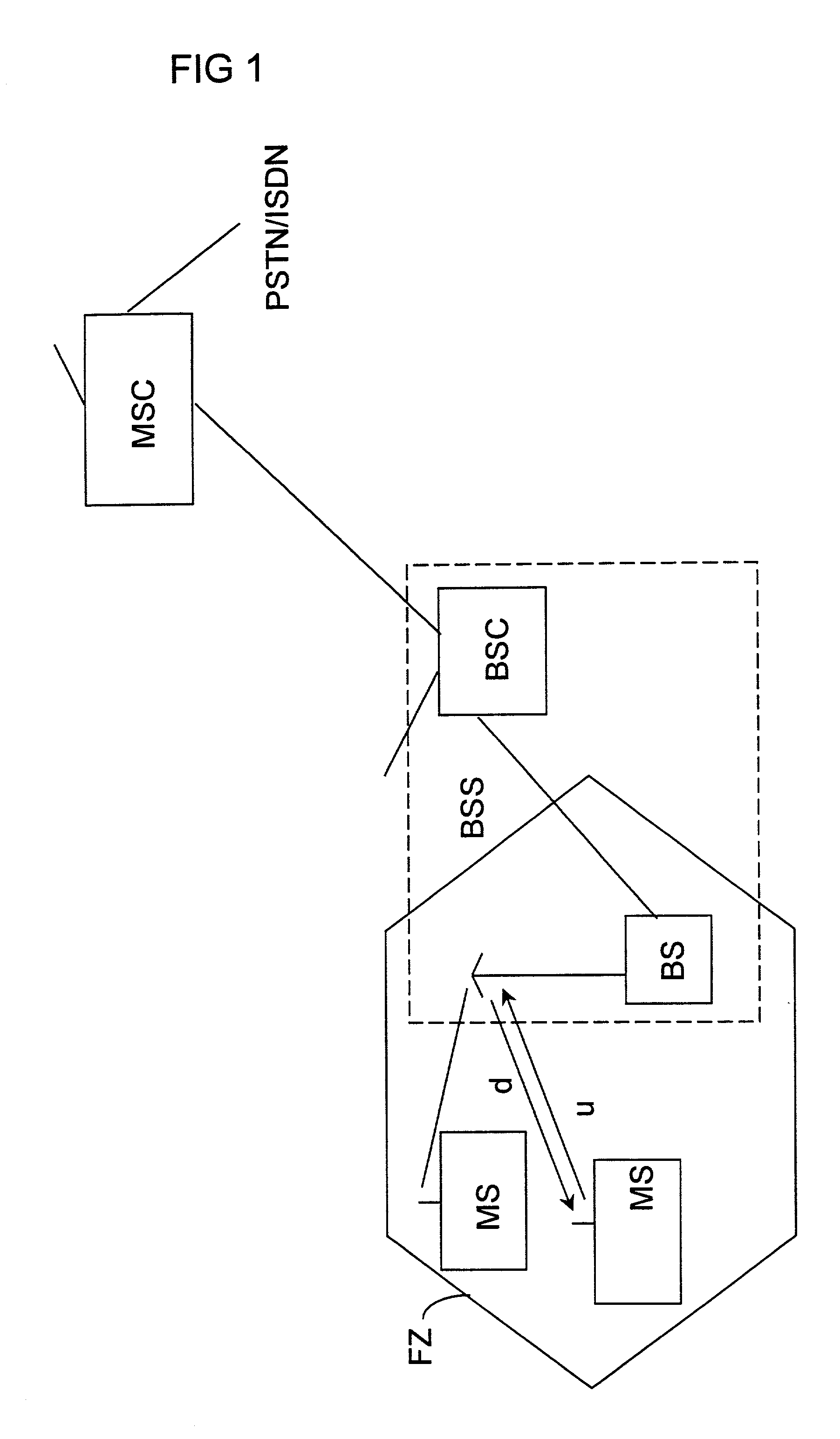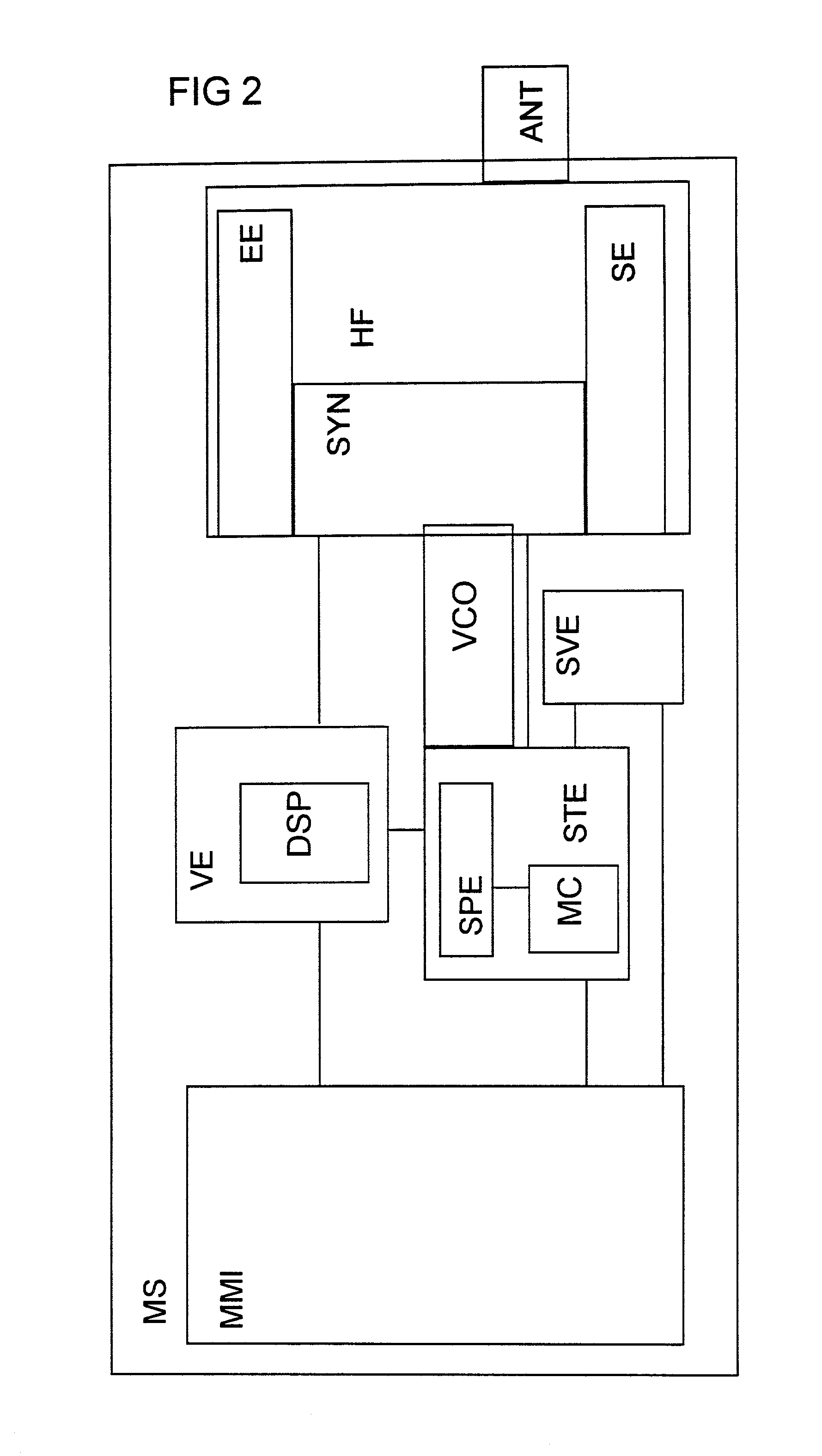Method for synchronizing a base station with a mobile station, a base station and a mobile station
a mobile station and synchronization technology, applied in the direction of synchronizing signal speed/phase control, multiplex communication, digital transmission, etc., can solve the problem that the autocorrelation function of a signal sequence k(i) formed by two partial signal sequences generally has poorer autocorrelation properties, and achieves the effect of easy determination
- Summary
- Abstract
- Description
- Claims
- Application Information
AI Technical Summary
Benefits of technology
Problems solved by technology
Method used
Image
Examples
Embodiment Construction
[0044]Illustrated in FIG. 1 is a cellular mobile radio network such as, for example, the GSM (Global System for Mobile Communication), which includes a multiplicity of mobile switching centers MSC which are networked with one another and / or provide access to a fixed network PSTN / ISDN. Furthermore, these mobile switching centers MSC are connected to, in each case, at least one base station controller BSC, which can also be formed by a data processing system. A similar architecture is also to be found in a UMTS (Universal Mobile Telecommunication System).
[0045]Each base station controller BSC is connected, in turn, to at least one base station BS. Such a base station BS is a radio station which can use an air interface to set up a radio link to other radio stations, what are termed mobile stations MS. Information inside radio channels f which are situated inside frequency bands b can be transmitted via radio signals between the mobile stations MS and the base station BS assigned to th...
PUM
 Login to View More
Login to View More Abstract
Description
Claims
Application Information
 Login to View More
Login to View More - R&D
- Intellectual Property
- Life Sciences
- Materials
- Tech Scout
- Unparalleled Data Quality
- Higher Quality Content
- 60% Fewer Hallucinations
Browse by: Latest US Patents, China's latest patents, Technical Efficacy Thesaurus, Application Domain, Technology Topic, Popular Technical Reports.
© 2025 PatSnap. All rights reserved.Legal|Privacy policy|Modern Slavery Act Transparency Statement|Sitemap|About US| Contact US: help@patsnap.com



